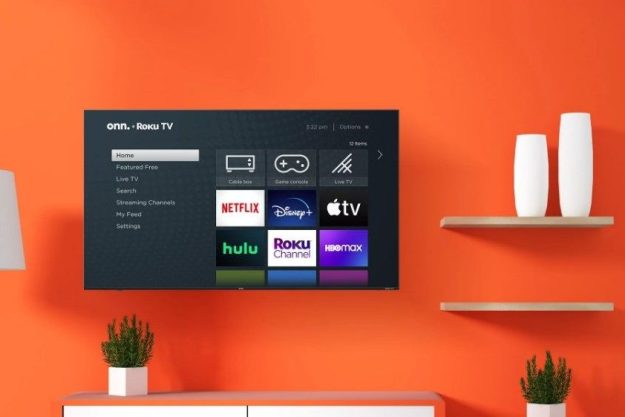Both companies are following in the footsteps of several other major consumer electronics manufacturers and content providers and becoming members of the HD DVD Promotion Group. Other prominent companies that are already members include NEC Corp, SANYO Electric Co. Ltd., Toshiba Corp, Universal Studios and Paramount Pictures Corp. and more.
“There are both challenges and opportunities in the transition to high-definition experiences throughout the home,” said Blair Westlake, corporate vice president of the Media/Entertainment & Technology Convergence Group at Microsoft. “And after looking at the core advantages to the PC ecosystem and how it would benefit the consumer, it is clear that HD DVD offers the highest quality, and is the most affordable and highly flexible solution available.”
“Our vision with Intel® Viiv™ technology is that digital media content can be enjoyed on these Intel-based PCs and consumer electronics devices in and around the home in an easy and affordable manner,” said Brendan Traw, Intel fellow and chief technology officer of Intel’s Digital Home Group. “Intel has determined that HD DVD best meets the needs of consumers and the requirements for the respective consumer electronics, computer and entertainment industries for delivering a high-definition, interactive experience to the home on optical media.”
A complete member list is available at http://www.hddvdprg.com/about/member.html.
In what appears to be more Windows Media Center centric reasons, both Microsoft and Intel cited the following reasons for joining the HD DVD camp:
- Managed Copy: A first for DVDs. Managed Copy is a guaranteed feature within HD DVD that gives consumers the freedom to make copies of their discs to a hard drive or home server, including Media Center PCs using Intel Viiv technology, and enjoy them in every room of the house over their home networks. HD DVD discs also will allow copies of the movie to be played on portable devices.
- “Future-proof” compatibility. Using proven HD DVD “hybrid disc” technology, a single disc can store both high-definition and standard-definition versions of a film, allowing consumers to immediately enjoy the standard-definition movies stored on these discs on today’s DVD players, while HD movies can be replayed later on the HD DVD platform. This is an opportunity for consumers to buy discs at launch that future proof their collections — in other words, helping assure customers that the discs they buy will remain viewable in the future.
- Proven low-cost, high-volume manufacturing. HD DVD discs use essentially the same manufacturing equipment as existing DVDs, meaning that production of HD DVD can ramp up easily and lower costs.
- Superior capacity. HD DVD-ROM discs will offer dual-layer 30GB discs at launch, compared with BD-ROM discs, which will be limited to 25GB.
- Superior interactivity. HD DVD discs will offer greater interactivity using iHD technology, allowing for enhanced content, navigation and value-added functionality for high-definition films. For example, HD DVDs can offer advanced picture-in-picture capability so that other video, such as a director’s commentary, could play on top of the movie.
- Superior format for notebook PCs. The compatibility of HD DVD with standard DVD facilitates and simplifies development of slim disc drives for integration in notebook PCs, one of the fastest-growing segments of the PC market.
This is a pretty serious blow to Blu-ray, and it will be interesting to see how the Blu-ray Disc Association (BDA) responds. With Sony pushing Blu-ray into the upcoming PS3, there is sure to be even more consumer confusion with HD DVD and Blu-ray. The one question that comes to mind is: If Microsoft supports HD DVD, will Blu-ray devices be able to run under the upcoming Windows Vista operating system without a bunch of hoops to jump through? I can hear the groans now.
Read our Talk Back article: Blu-Ray Wins or Nothing Does
Editors' Recommendations
- How to convert your VHS tapes to DVD, Blu-ray, or digital
- How to rip a Blu-ray or DVD
- These are the best 4K Ultra HD Blu-rays to show off your home theater

